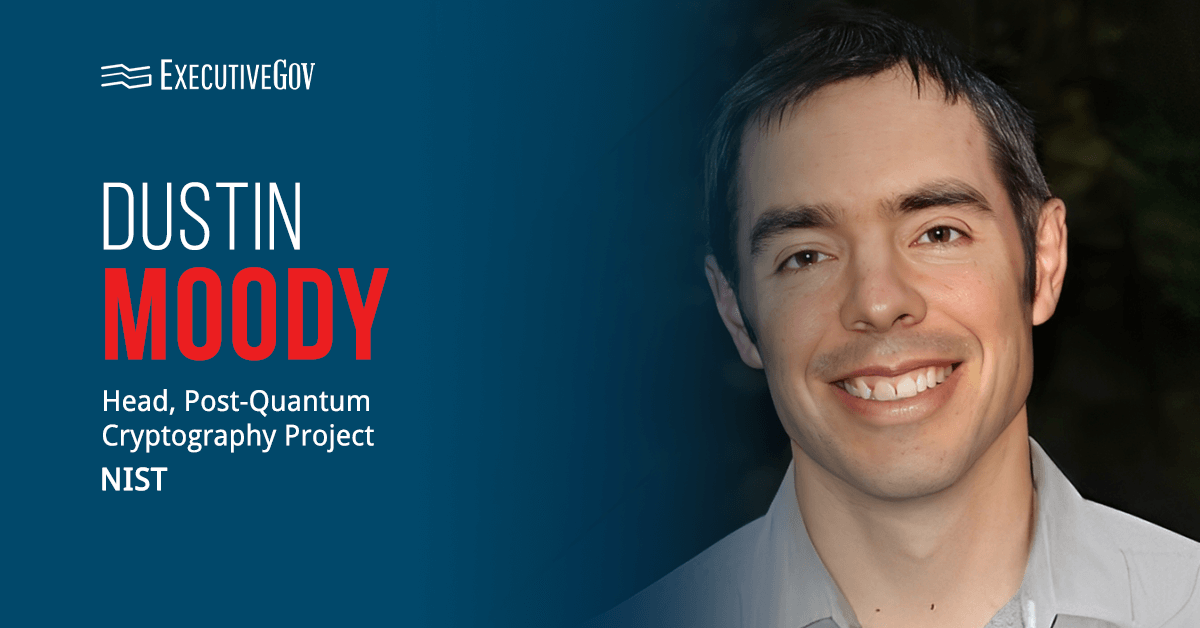The National Institute of Standards and Technology has selected the HQC algorithm for its ongoing efforts to develop a general encryption to address future cyberthreats from quantum computers.
HQC will serve as a backup defense for ML-KEM, a quantum-resistant algorithm earlier recognized as the recommended choice for general encryption, NIST said Tuesday. The two algorithms will safeguard stored information and data traveling across public networks.
Table of Contents
Post-Quantum Encryption Systems
Dustin Moody, head of the Post-Quantum Cryptography project at NIST, noted that HQC is not a replacement for ML-KEM, adding that organizations should still migrate their encryption systems to the standards finalized in 2024. “As we advance our understanding of future quantum computers and adapt to emerging cryptanalysis techniques, it’s essential to have a fallback in case ML-KEM proves to be vulnerable,” he explained.
HQC as Backup Defense
According to NIST, HQC is built on a different math problem, which encryption systems use as a shield. While ML-KEM is based on mathematical idea called structured lattices, HQC is built around a concept known as error-correcting codes, which are used in information security.
Moody said HQC is a lengthier algorithm and requires more computing resources. He added that reviewers of the algorithm were impressed by its clean and secure operations, leading them to conclude that HQC is a robust second line of defense.
NIST will solicit public comments on a draft standard on HQC next year to advance its objective of finalizing the post-quantum encryption standard for a 2027 rollout.





